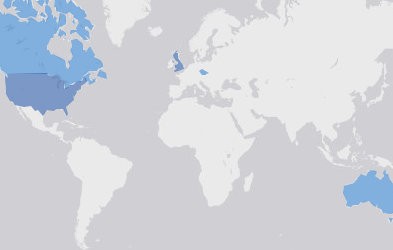

Therefore, the spike protein represents the main target for neutralizing antibodies and thus is exposed to strong selective pressure ( Brouwer et al., 2020 Cao et al., 2020 Ju et al., 2020 Liu et al., 2020 Rogers et al., 2020 Seydoux et al., 2020 Wec et al., 2020 Wu et al., 2020 Zost et al., 2020 Verkhivker et al., 2021 Elena and Sanjuán, 2005). Genetic changes take place particularly in the genetic region coding for spike as the main docking point for cell entry and in particular at the receptor binding domaine (RBD) as the key to gaining entry into the host cell ( Andreano et al., 2020 Koenig et al., 2021 Verkhivker et al., 2021). Quickly, immune escape variants that increased transmissibility or escape from specific antibodies gained traction and ground due to increasing immunity ( ). We are gaining insight into the viral adaptational capacity to respond to new environmental influences. The scientific community worldwide is currently witnessing the amazing evolutionary potential of SARS-CoV-2 in the rapid emergence of immune escape variants.
Over the course of two years, its genetic structure has changed dramatically. To date it is responsible for (10 th of January 2022) 5.49 million people's deaths ( ).
Severe acute respiratory syndrome coronavirus (SARS-CoV-2) was first described in December 2019 ( Zheng, 2020). Competition among a high number of quasi-species in the SARS-CoV-2 in vitro population gene pool may reinforce directional selection and boost the speed of evolutionary change. The observed genetic changes of SARS-CoV-2 in vitro could not be explained solely by selectively neutral mutations but possibly resulted from the action of directional selection accumulating favourable genetic changes in the evolving variants, along the path of increasing potency of the strain.
EVOLVE MUTATIONS 2 TORRENT SERIAL
The combination of serial passage in vitro with whole genome sequencing uncovers the immense mutational potential of some SARS-CoV-2 strains. We discussed the evolution of all specific adaptations as well as possible reasons for the seemingly inhomogeneous potential of SARS-CoV-2 in the adaptation to cell culture. The region coding for spike proved to be a mutational hotspot, evolving a number of mutational changes including the already known substitutions at positions S:484 and S:501.

EVOLVE MUTATIONS 2 TORRENT SERIES
Our results identified a series of adaptive genetic changes, ranging from unique convergent substitutional mutations and hitherto undescribed insertions. Along those lines we hoped to gain fundamental insights into the evolutionary capacity of SARS-CoV-2 in vitro. To gain deeper insight into mutation frequency and dynamics, we isolated ten ancestral strains of SARS-CoV-2 and performed consecutive serial incubation in ten replications in a suitable and common cell line and subsequently analysed them using RT-qPCR and whole genome sequencing. Since its outbreak in 2019, Severe Acute Respiratory Syndrome Coronavirus 2 (SARS-CoV-2) keeps surprising the medical community by evolving diverse immune escape mutations in a rapid and effective manner.


 0 kommentar(er)
0 kommentar(er)
